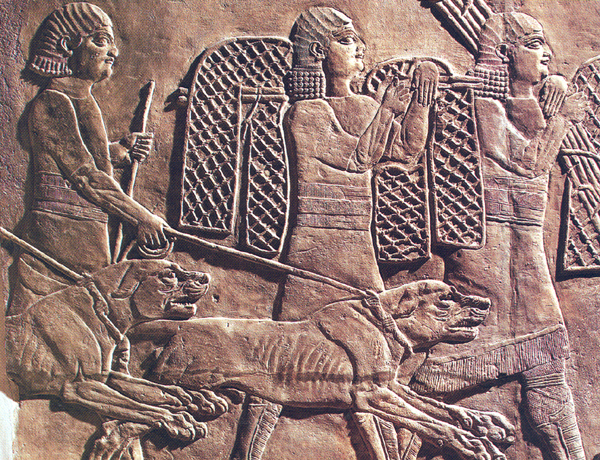Ancient Life: The Dog-Demon
Rabies in Ancient Mesopotamia

“Incantation (against diseases) of the house of [the god] Ea: Concerning a man whom a snake attacks, or a scorpion attacks, or a rabid dog attacks, and to whom it passes its venom … (The water) shall be cleansed in his pure tube. Cast the spell into the water! Feed the water to the patient, so that the venom itself can go out (of the body).”
So reads a magical incantation from the ancient Babylonian “Tale of Ninurta-paqidat’s Dog Bite,” which describes how a man from the southern Mesopotamian city of Nippur attempts to ward off disease after being bitten by a rabid dog.
The Babylonians of the second and first millennia B.C. believed that rabid dogs were demons sent by the gods to punish mankind. They set images of snarling hounds on doors and gates, along with images of snakes and scorpions, to protect against evil. The Iron Age (c. 1200–600 B.C.) Assyrians, too, employed carvings of dogs as apotropaic figures—as well as making use of the natural ferocity of actual canines: The mastiffs depicted in the relief above, from a palace of the seventh-century B.C. king Ashurbanipal, were especially prized as hunters.
Already a library member? Log in here.
Institution user? Log in with your IP address.

